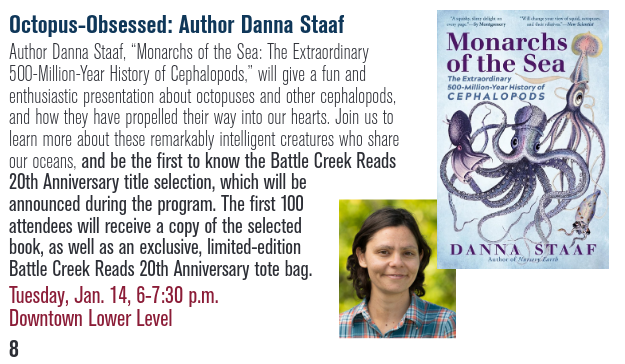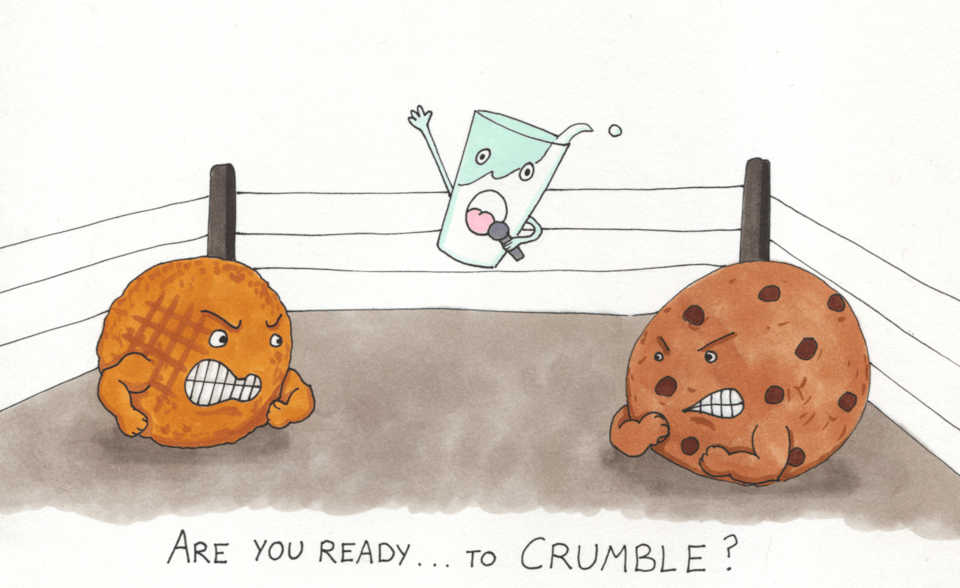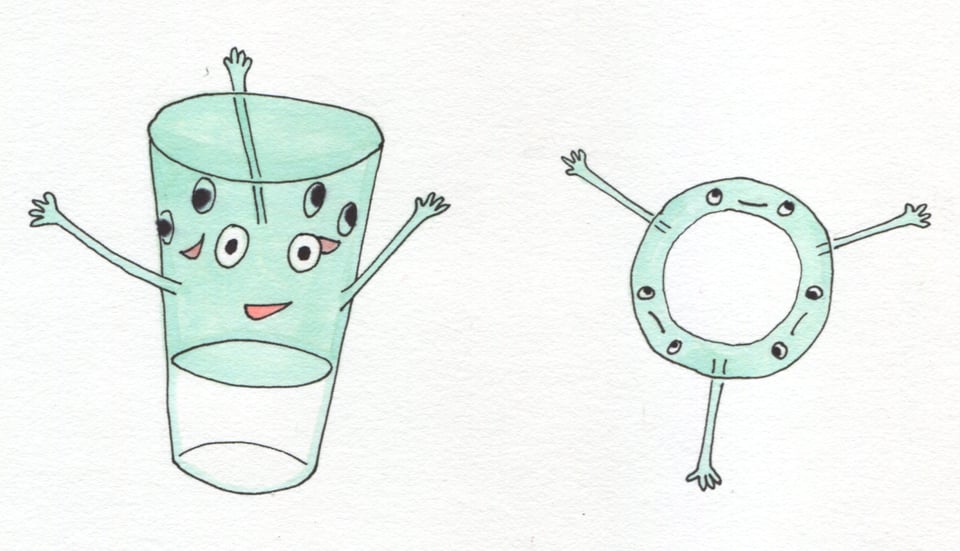The OctoPost: Octo-Talk Tomorrow and Hungry Babies
If you want to kick off 2025 with octopuses (a good way to kick off any new year), here are two options: on Tuesday I’m giving a free online talk (zoom link below), and on Friday there’s an Octopolis release party at Silver Sprocket in San Franciso.
Another great option: read some rad cephalopod news, and share it with a friend!
Cephalopod News
For the first time in 15 years of exploration, the research vessel Nautilus filmed actual living nautiluses. Please watch at least the first minute of the video to experience the crew’s screams of joy.
“It’s finally happened!”
“A dream come true.”
“Let’s stay here forever.”
“It’s so cute! Look at its little jet propulsion!”
As of January 1st, California is the second state (after Washington) to outlaw octopus farming for human consumption. At the same time, Alaska has opened a directed octopus fishery, meaning fishers can get a permit to hunt octopuses on purpose. (Previously, octopuses were collected incidentally while targeting other animals.) While many people are ethically opposed to eating octopuses, no matter the source, the Alaska fishery will allow octopuses to lead normal lives in the wild until capture, whereas an octopus farm would create lifelong captivity under conditions that many consider inhumane.
Even with all this going on, the news I’m most excited to share is about baby fish—it just happens to be highly relevant to cephalopods, too.
Fish and squid larvae are so small they experience water as viscous, like swimming through honey. Scientists have long studied the effect of this viscosity on larval movement (I found that it makes baby squid swim more like jellyfish than like adult squid) but a new paper reveals its surprising effect on larval feeding. As it turns out, baby fish often starve because they can’t keep food in their mouths. They suck food in, then the act of closing their mouth pushes it out again. [sad but fascinating video]
Seems like a terrible evolutionary idea that would quickly cause extinction, right? You’d think natural selection would lead to bigger babies that don’t starve! Yet vast numbers of fish (and squid) keep on making tiny babies. The study authors don’t pretend to have an answer (which is good, because that’s not what their experiments were about) but they suggest that small babies might confer other important benefits—like dispersal, the ability to be carried great distances into new habitats. I hope to see more research on this!
My News
January 7, 4pm Pacific/7pm Eastern: “Cephalopods: All Brains and No Bones” for the Boston Malacological Club (online, zoom link)
January 14, 6pm Central: In-person presentation at Willard Library in Battle Creek, Michigan

Funny Pages
A silly dinner table conversation turned into an art project…

Which I then shared online, which led to even sillier conversations. My friend Diana Li asked what happens when the milk spills, and I suggested the glass of milk is like a sea cucumber that can splort its guts out when threatened, then regrow them.
Because sea cucumbers are radially symmetrical (symmetry in a circle rather than left/right symmetry), Diana was excited about the possibility of a radially symmetrical glass of milk. So I obligingly drew one.

A paleontologist then inquired about the evolutionary history of the glass of milk and, well, you can read our over-the-top nerdery at the source.
Happy New Year!
Add a comment: